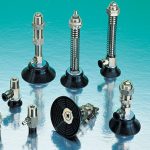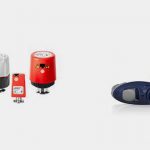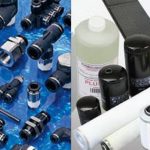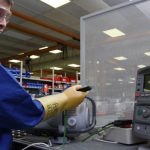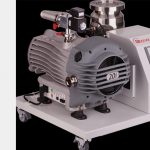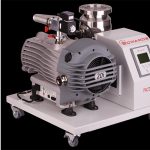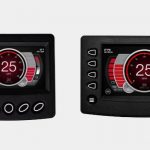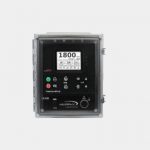Hydraulic valves, or pressure-control valves, are found in virtually every hydraulic system. They perform or assist in a variety of functions, from keeping pressure below safety limits to maintaining a constant pressure in areas of the hydraulic circuit. There are many kinds of hydraulic valve, including (but not limited to)
- Relief
- Reducing
- Sequence
- Counterbalance
- and Unloading
All of these valves are normally open, but close under specific circumstances — with the exception of the Reducing valve, which is normally open but closes when systemic pressure gets too high. Of the remainder, all of them normally close under circumstances internal to the system, with the exception of the Unloading valve, which is manually operated and closes when the system user directs it to.
Relief Valves
Hydraulic systems are designed to operate within a pre-set pressure range based on the amount of force the actuators at the ‘business end’ of the system are designed to generate. If the pressure inside the system gets too high, the actuators or other machinery can be damaged. Relief valves are designed to ‘relieve’ the system of extra pressure.
A relief valve is essentially a plug held in place by a spring, next to which which is a reservoir. When systemic pressure gets too large (called a relief valve’s ‘cracking pressure’) the spring is compressed and the plug retracts slightly, allowing hydraulic fluid to escape into the reservoir. Once the excess pressure is released, the spring forces the plug back into place. Most relief valves have screws attached to the springs so that the pressure at which they crack can be changed by the user.
Reducing Valves
Reducing valves also operate to modulate pressure within a system, but they act without allowing any fluid to leave the hydraulic system. Instead, if pressure gets too high on one end of the reducing valve, the valve simply shuts. The pressure on one side of the valve remains high, but on the other side, it stabilizes.
Reducing valves are a common component of hydraulic manifolds, wherein the manifold itself (usually a single piece of shaped metal) can endure significantly higher pressures than the pipes, junctures, and valves that are not part of the manifold.
Come back next time for more on Sequence, Counterbalance, and Unloading valves.











